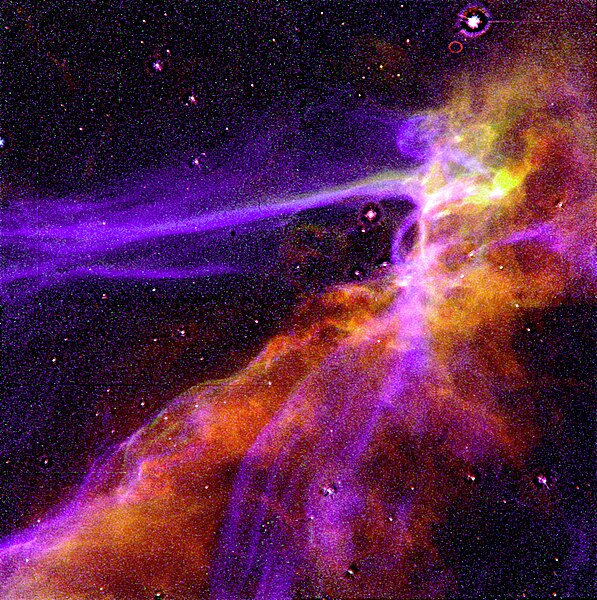Податотека:Cygnus Loop Supernova Blast Wave - GPN-2000-000992.jpg

Големина на овој преглед: 597 × 600 пиксели. Други разделности: 239 × 240 пиксели | 478 × 480 пиксели | 764 × 768 пиксели | 1.019 × 1.024 пиксели | 1.519 × 1.526 пиксели.
Изворна податотека (1.519 × 1.526 пиксели, големина: 3,67 МБ, MIME-тип: image/jpeg)
Историја на податотеката
Стиснете на датум/време за да ја видите податотеката како изгледала тогаш.
| Датум/време | Минијатура | Димензии | Корисник | Коментар | |
|---|---|---|---|---|---|
| тековна | 03:18, 9 април 2009 |  | 1.519 × 1.526 (3,67 МБ) | BotMultichillT | {{Information |Description={{en|1=This is an image of a small portion of the Cygnus Loop supernova remnant, which marks the edge of a bubble-like, expanding blast wave from a colossal stellar explosion, occurring about 15,000 years ago. The HST image sh |
Употреба на податотеката
Податотекава се користи во следниве 2 страници:
Глобална употреба на податотеката
Оваа податотека ја користат и следниве викија:
- Употреба на ar.wikipedia.org
- Употреба на ceb.wikipedia.org
- Употреба на en.wikipedia.org
- Употреба на es.wikipedia.org
- Употреба на eu.wikipedia.org
- Употреба на fj.wikipedia.org
- Употреба на fo.wikipedia.org
- Употреба на gn.wikipedia.org
- Употреба на ms.wikipedia.org
- Употреба на simple.wikipedia.org
- Употреба на sq.wikipedia.org
- Употреба на uk.wikipedia.org
- Употреба на zh.wikipedia.org


